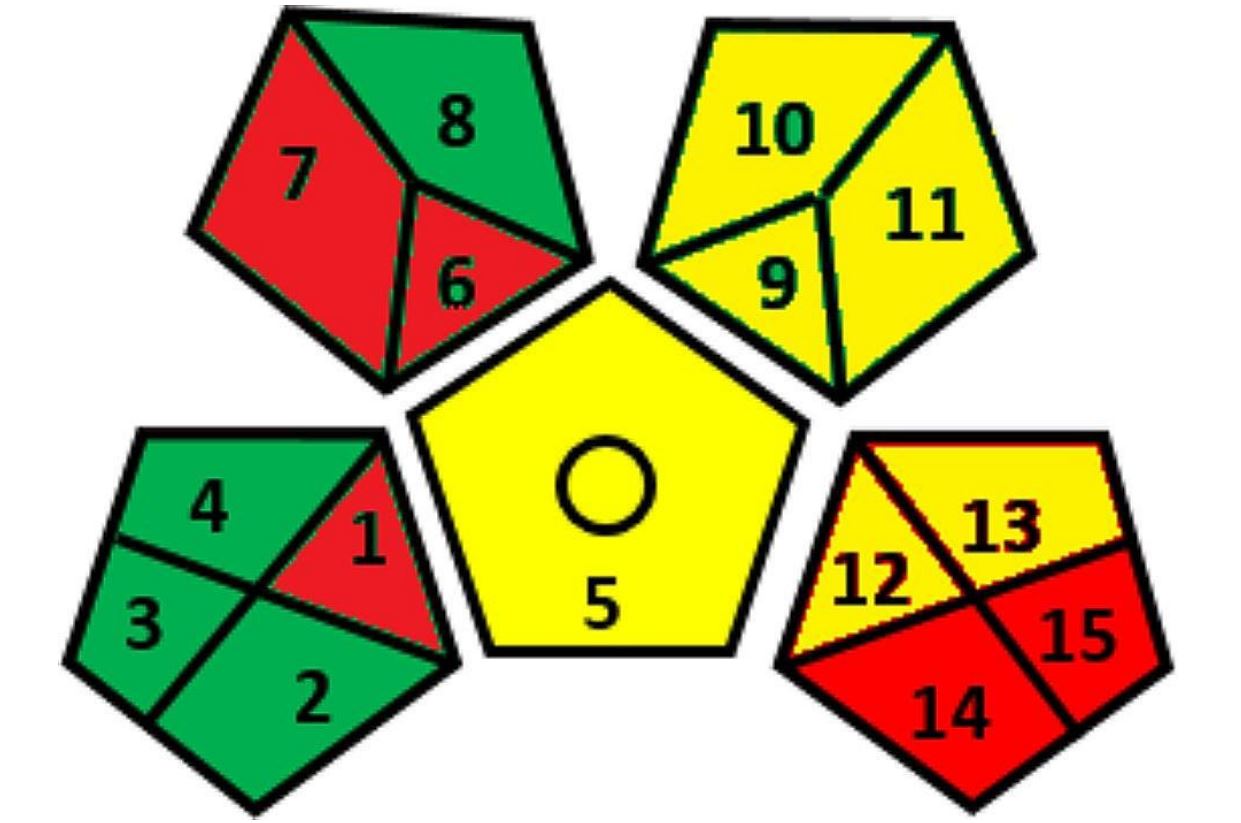Development of a stability indicating high-performance liquid chromatography method for determination of cenobamate: study of basic degradation kinetics

Abstract
This study presents a stability indicating high-performance liquid chromatography HPLC method for the determination of cenobamate (CNB) in presence of its main impurity (CNB H-impurity) and degradation products. The chromatographic separation was carried out on a Thermo BDS Hypersil-C18 column (150 × 4.6 mm; 5 μm) with a mobile phase consisting of a 50:50 (%v/v) ratio of methanol and purified water. The flow rate was maintained at 1.0 mL. min− 1. CNB was detected at 210 nm using a PDA detector. The column temperature was held at 40 °C.The retention time of the drug was found to be 3.2 min. Furthermore, the study investigates the degradation behavior of CNB under various stress conditions, including acidic, basic, oxidative, and light-induced degradation. The results indicate that CNB is particularly susceptible to basic degradation. Consequently, a comprehensive study of the basic degradation kinetics was conducted. The method was also successfully applied for the determination of CNB in its dosage form. The results also show that there is no co-elution from degradation products or excipients as indicated by the mass balance and peak purity values confirming the specificity of the proposed method and its applicability for routine analysis of CNB.
Introduction
Cenobamate, CNB, [(1R)-1-(2-chlorophenyl)-2-(tetrazol-2-yl)ethyl] carbamate is a novel antiepileptic drug developed by SK Life Science (SK) for treatment of partial onset seizures in adults and has been approved by FDA on November 2019 (Figure S1-a).The mechanism of action for CNB is still unclear, however some studies suggest that CNB can inhibit sodium channels resulting in reduction in repetitive neuronal firing. It is also a positive allosteric modulator of gamma-aminobutyric acid ion GABA channel [1,2,3]. The drug has Log P of 0.456 and it is slightly soluble in aqueous media over the pH range 1 to 8 [4]. CNB has an organic related impurity, CNB Hydroxy impurity (CNB H-impurity) which is an intermediate in the chemical synthesis of CNB (Figure S1-b) [5]. Few analytical methods has been reported for analysis of CNB including liquid chromatographic methods [6,7,8] and tandem mass spectrometric methods [9,10,11].
The study of forced degradation in pharmaceutical industry involves subjecting the drug to various stress conditions such as hydrolysis, oxidation, and photolysis. The specific stress levels applied should be customized based on the chemical characteristics of the active pharmaceutical ingredients (API), product type, and storage requirements, aiming for a degradation range of 5 to 20%, as exceeding this range would be unrealistic [12]. Forced degradation studies are important as they provide information about stability of pharmaceutical products in different environmental conditions such as relative humidity, light, and temperature and they help in identifying potential degradation pathways and impurity profiling [13, 14]. The study of degradation kinetics are also essential for establishing the optimal storage conditions and predicting the shelf life of drug substances under different environmental conditions. Kinetic parameters, such as rate constant, half-life (t1/2), time taken for 10% degradation (t90), and activation energy (Ea), are utilized to determine the degradation order of the drug [15,16,17,18,19]. Degradation reactions of pharmaceuticals are typically classified as zero, first, or second order. Most pharmaceutical products undergo degradation via first-order or pseudo-first order reactions. Careful selection of variables for each degradation reaction is crucial as it provides insight into the rate-limiting factors. Typically, analyzing one variable at a time is important for better understanding of the individual variable’s impact on the kinetics of each degradation reaction [20, 21].
Among the reported methods for the chromatographic separation of CNB, there are two stability indicating methods [6, 7]. However, both of these methods detected CNB at 270 nm, which makes tracking of the degradation of CNB really challenging due to lack of reasonable absorbance at this particular wavelength. Thus, the objective of this research is to develop an optimized, green, and validated stability indicating HPLC method for accurate determination of CNB in presence of CNB H-impurity and stress degradation products. The chromatographic conditions were carefully optimized in the presence of a potential organic impurity (CNB H-impurity). The assessment of the greenness of the proposed method was also conducted using two green metrics including analytical ecoscale and green analytical procedure index GAPI. Moreover, it is worth noting that this research represents, for the first time, a kinetic study of the basic degradation of CNB that has not been previously published in the literature.
Download the full article as PDF here: Development of a stability indicating high-performance liquid chromatography method for determination of cenobamate
or read it here
Materials
CNB (99.79% purity) and CNB-H impurity were provided from Metrochem API Pvt Ltd, India. Xcopri® tablets were supplied from SK life science, Inc. Paramus, NJ07652. The tablets are labeled to contain 100.0 mg CNB. Both acetonitrile and methanol were HPLC grade and obtained from Scharlau, Spain. Diluent is prepared by mixing acetonitrile and purified water in the ratio of 40:60, % v/v. Excipients used in preparation of spiked placebo include microcrystalline cellulose (FMC, USA), colloidal silicon dioxide, (Evonik, Germany), lactose monohydrate (DFE Pharma, Germany), sodium starch glycolate (JRS Pharma, USA), magnesium stearate (Italmatch, Italy), and film coating agents: FD&C Blue# 2/indigo carmine aluminum lake, iron oxide red, iron oxide yellow (Karma, Egypt), polyethylene glycol 3350 (IMCD, Egypt), polyvinyl alcohol-part hydrolyzed (East Hony, China), Talc (Elgomohorya, Egypt), and titanium dioxide (Kronos, USA). Hydrogen peroxide (Merck, Germany, 30%), hydrochloric acid (Scharlau, Spain, 36.5–38%) and sodium hydroxide pellets (Scharlau, Spain, 98.5%) were utilized in the study of degradation conditions.
EL-Malla, S.F., Mansour, F.R., Elbastawissy, A.B.B. et al. Development of a stability indicating high-performance liquid chromatography method for determination of cenobamate: study of basic degradation kinetics. BMC Chemistry 18, 74 (2024). https://doi.org/10.1186/s13065-024-01177-4
See our next webinar:
“Rethinking the development of controlled release formulations and manufacturing processes”
Date: 30th of April, Time: 3:00 pm (Amsterdam, Berlin)


